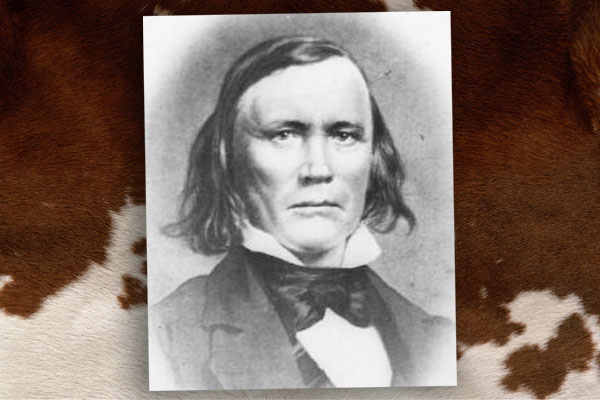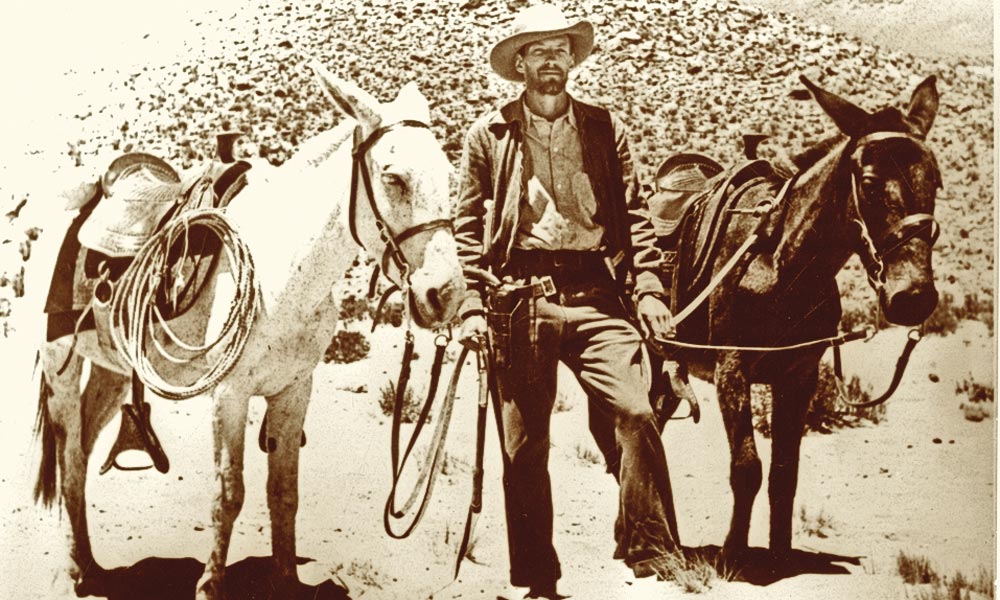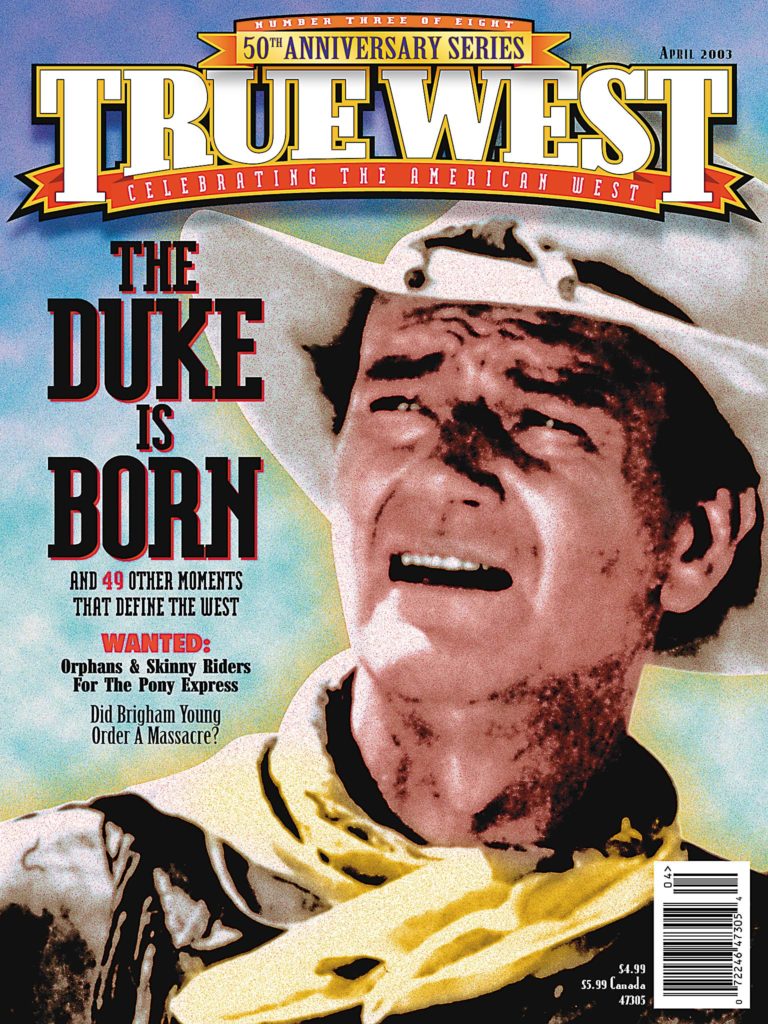 David M. Peacock
David M. Peacock
Montello, Wisconsin
Shoes for oxen come in two halves and were wider than mule shoes. They were more difficult to put on because you had to shoe both sides of the cloven hooves, doubling the work. That involved tacking a shoe on the outside and inside of each hoof, so shoeing an oxen was quite an art. It was much easier to slap a full shoe on a mule, that is, if the mule cooperated. Sometimes oxen were shod with rawhide, meaning their feet were wrapped in a rawhide shoe.
Marshall Trimble is Arizona’s official historian. His books include Law of the Gun and Never Give A Heifer A Bum Steer.
If you have a question, write:
Ask the Marshall
PO Box 8008, Cave Creek, AZ 85327.






